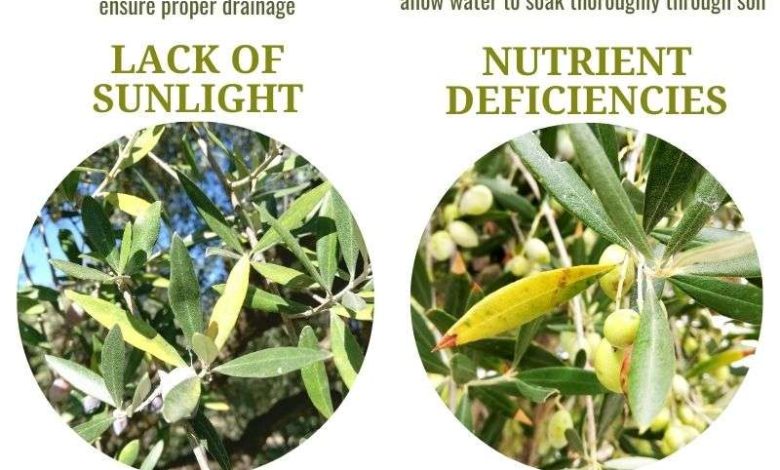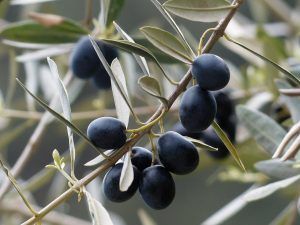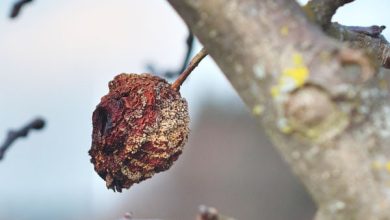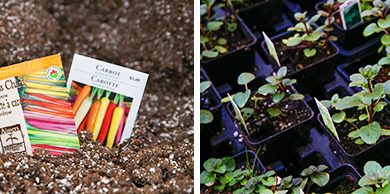Olive Tree Care: [Soil, Humidity, Pruning and Problems]

What characteristics does the olive tree have?

The olive tree is a tree of the Oleaceae family, very resistant, evergreen, long-lived (it can live for hundreds of years), which reaches about 15 meters in height, and has extensive medicinal properties.
Although it comes from Asia Minor, this wonderful specimen of nature has been cultivated since ancient times throughout the Mediterranean basin, where the wild variety is known as the border olive tree or acebuche.
Precisely in the Mediterranean basin there are ancient olive trees whose ages range between 2,000 and 2,500 years, which demonstrates the resistance of this species.
The oldest olive tree in the world is in Fuentebuena, Jaén, and is 10 meters high.
According to UNESCO, this tree serves to strengthen human and cultural values among peoples, since since ancient times an olive branch is a symbol of peace, so since 2019 November 26 was established as World Olive Day., in search of its protection and preservation.
The trunk of the olive tree is thick and branched, the bark is smooth in light gray tones that darkens and cracks over the years, made of hard wood; crown rounded and irregular like a woman’s matted hair; Simple, lanceolate, leathery leaves.
The flowering of the olive tree begins at the end of March, but the true flowers do so in April or May, inserted in paniculate inflorescences containing between 10 and 40 flowers. These flowers are of two types, perfect and staminiferous.
The perfect ones are hermaphroditic, that is, of both sexes, with well-developed stamens and pistils; staminifera only produce stamens, they are male and therefore incapable of producing fruit.
The staminiferous flowers will be the only ones that will appear in times of drought, so at that time the tree will not produce olives, which is the fruit required for the oil and the other benefits that this natural wonder provides to human beings.
Its fruit is the olive, small in size, ellipsoidal or geometric in shape, symmetrical, of different shades ranging from green to red, but when ripe it turns black.

The olive is widely marketed in Spain where olive oil is common, as in the rest of the Mediterranean table and the world, due to its culinary properties, as it is used in our meals, in the preparation of salads and in the production of many products.
Along with Spain, Italy is one of the largest producers of olive oil in the European Union, this being an industry that grows exponentially over time. The olive tree is an anticancer tree because the phenols, natural components of the leaves, act directly on the cells of the body affected by this disease.
Due to its hydroxytyrosol and tyrosol components that are present in the leaves, the olive tree serves as an antioxidant, antimicrobial, antibiotic and immunostimulant, something that contributes to the health of the arteries because it prevents thrombosis and arteriosclerosis.
The leaves prepared in infusion are used as vasodilators to treat hypertension because they reduce blood pressure and relieve inflammation of the veins. The bark of the tree has antiseptic and healing properties, which is why, in infusions, it is used to treat wounds and scars.
Olive oil also serves to reduce bad cholesterol and increase good cholesterol, and helps solve digestion problems.
What land needs does the olive tree have?
The olive tree can be cultivated in a variety of soils, including those of low quality. Soil with a pH of 5.5 to 8.5, with an optimum range of pH 7-8, but, as it is sensitive to hypoxia (root suffocation), the plant avoids compact soils with poor drainage.

It is included in the category of desert shrubs for its resistance to different types of soil and its tolerance to salt and drought, being the only tree of this species that produces fruits.
We can help the land with vegetable cover of legumes that naturally provides nitrogen to the olive grove soil and increases the percentage of organic matter.
How to make the olive tree grow strong and vigorous?
The olive tree requires specific care to keep it healthy and vigorous, and in this sense we must keep it at adequate temperatures. For example, at 12ºC we will obtain a significant production of flowers, since in warm tropical climates it never flowers.

The production of the olive tree is carried out every two years, slowly and progressively, tending to increase after seven years. This progressive increase occurs up to 35 years and from that stage up to 100 years it reaches its full maturity and production, and at 150 years it tends to decrease.
It is a tree that withstands cold and drought, which makes it a tree of great strength. But the temperature should never drop below -10ºC.
What humidity does the olive tree need?
It is a tree with a Mediterranean climate, with mild winters followed by sunny springs and hot summers with an average temperature of 15-20ºC and a high temperature of 40ºC, if there is sufficient moisture in the soil, and it can tolerate cold climates, but never below -7ºC.
We must water it abundantly to facilitate its production, especially in formed olive trees, from the beginning of the crop until the beginning of the rainy season, because the lack of water can affect the growth of the vegetation and the development of the fruit.
Is it necessary to prune the olive tree?
 Olive pruning is not easy. It takes time and effort to learn it to achieve the necessary mastery with this tree of such significance in the life of the Spanish.
Olive pruning is not easy. It takes time and effort to learn it to achieve the necessary mastery with this tree of such significance in the life of the Spanish.
The pruning will seek to clean up the specimen of branches and leaves in poor condition, to promote efficient flowering and shape the crown, as if we were taking it to the hairdresser to be embellished.
Keeping the canopy well aerated is one way to combat tree pests and diseases.
How often should we prune the olive tree?
Pruning has the objective of keeping the plant eternally young. The collection of fallen leaves and branches must be done with agricultural machinery, given the amount of waste that is scattered when we can.

The pruning for table olives must be carried out between the months of November and December, and that of the oil mill olives for the production of oil between the months of February and April.
How can we avoid pests and diseases of the olive tree?
If we want to keep our olive tree healthy, it is necessary to implement strict pest control. For example, with the early harvest of olives we will keep the olive fly at bay.
We will combat the cochineal by keeping the crown aerated through appropriate pruning, and we will eradicate the borer by crushing or burning the remains of pruning on the ground.

The soapy olive and the olive repilo are fungi that weaken the plant and reduce the olive harvest, so we must counteract them with fungicides in autumn and spring.
Another of the important activities to accomplish is the elimination of varetas, very common in ancient trees, which consume resources from the olive tree. We can do it manually or with specific herbicides that do not leave wounds on the trunk.

Finally, we must eliminate weeds, because they compete with the olive tree for water and mineral resources in the soil. The best way to exert effective controls will be with the help of a herbicide such as glyphosate, widely recommended by experts.
Maybe you are also interested in:
- How often and how to water my olive tree?
- What Diseases and Pests Attack the Olive Tree? [Treatments]
- Fertilize an Olive Tree: What Components Do You Need? How to do it?
- When, How (And Why) To Prune an Olive Tree – Sow100
- Potted Olive Tree Care: [Soil, Humidity, Pruning and Problems]
- Olive Tree Diseases: [Characteristics, Types, Detection and Treatment]
- Olive Tree Cuttings: [Concept, Season, Rooting and Planting]
- Olive Types and Varieties
- Varieties of Olives and their Characteristics



![Photo of Sowing a Fig Tree: [Cultivation, Care, Irrigation, Substrate and Pests]](https://www.complete-gardening.com/wp-content/uploads/2021/06/IMG_3897-scaled-1-390x220.jpg)
![Photo of Plant a Cherry Tree: The Guide to Do It [Images + Step by step]](https://www.complete-gardening.com/wp-content/uploads/2022/08/plant-a-cherry-tree-the-guide-to-do-it-images-step-by-step-390x220.jpg)